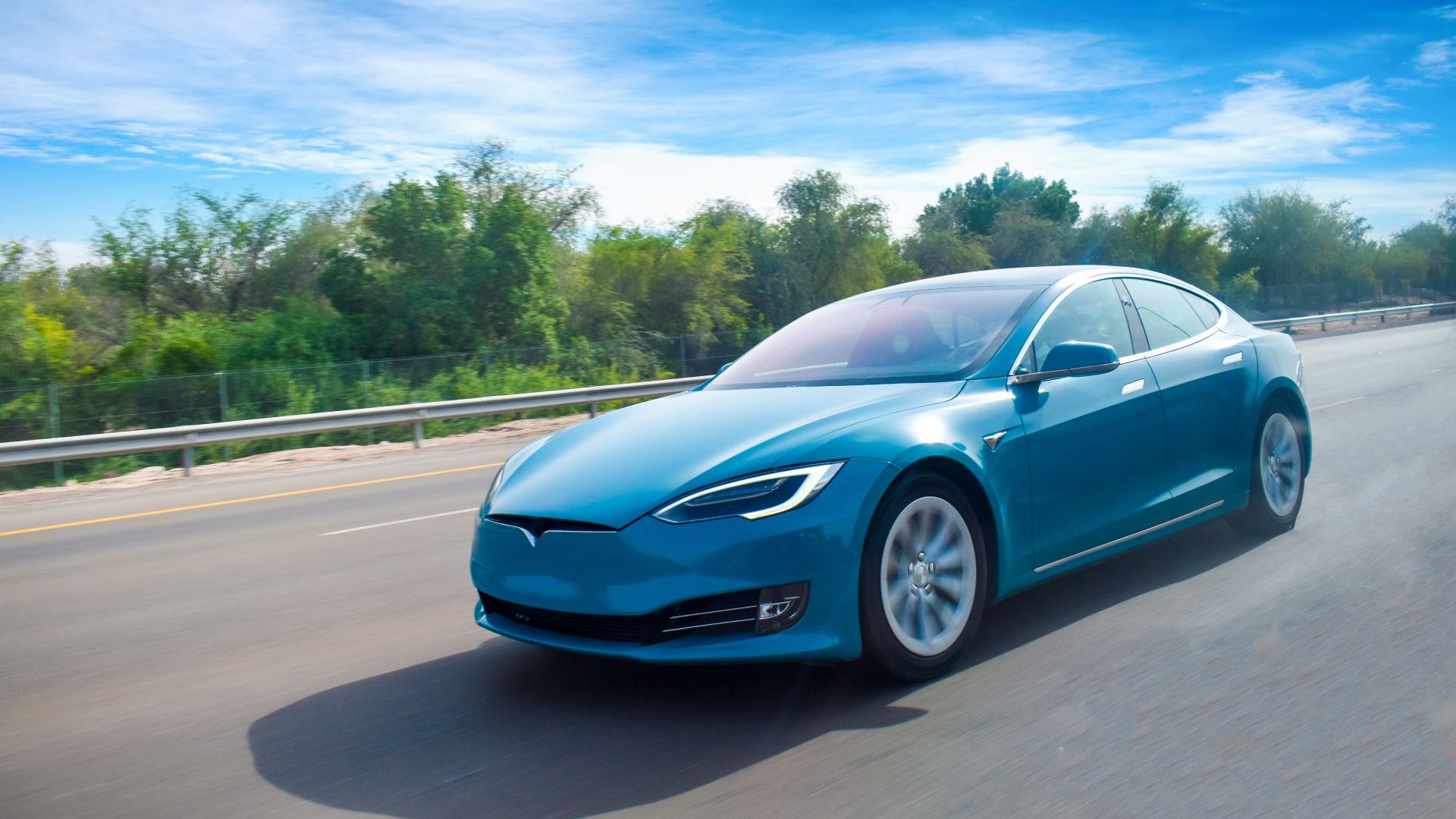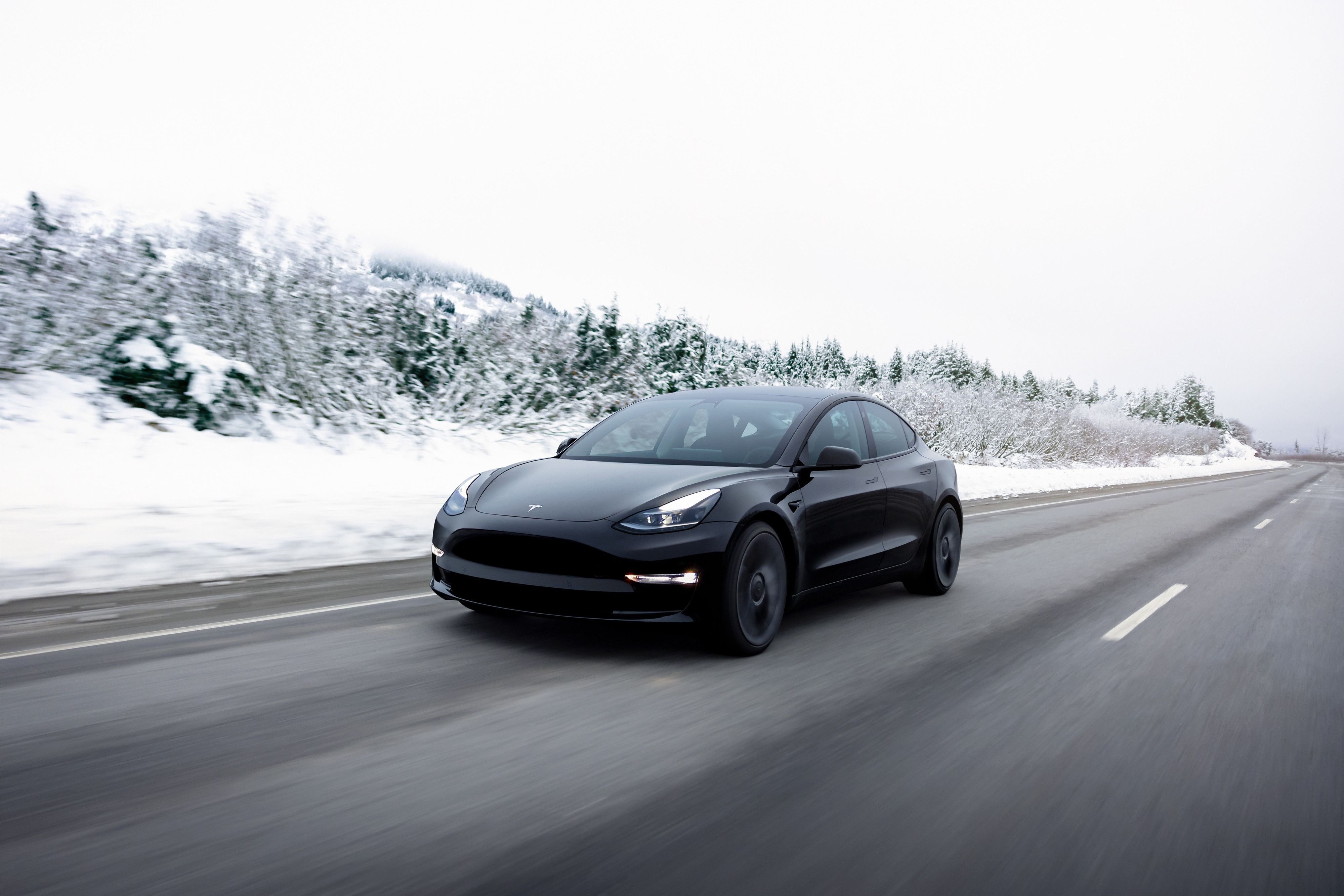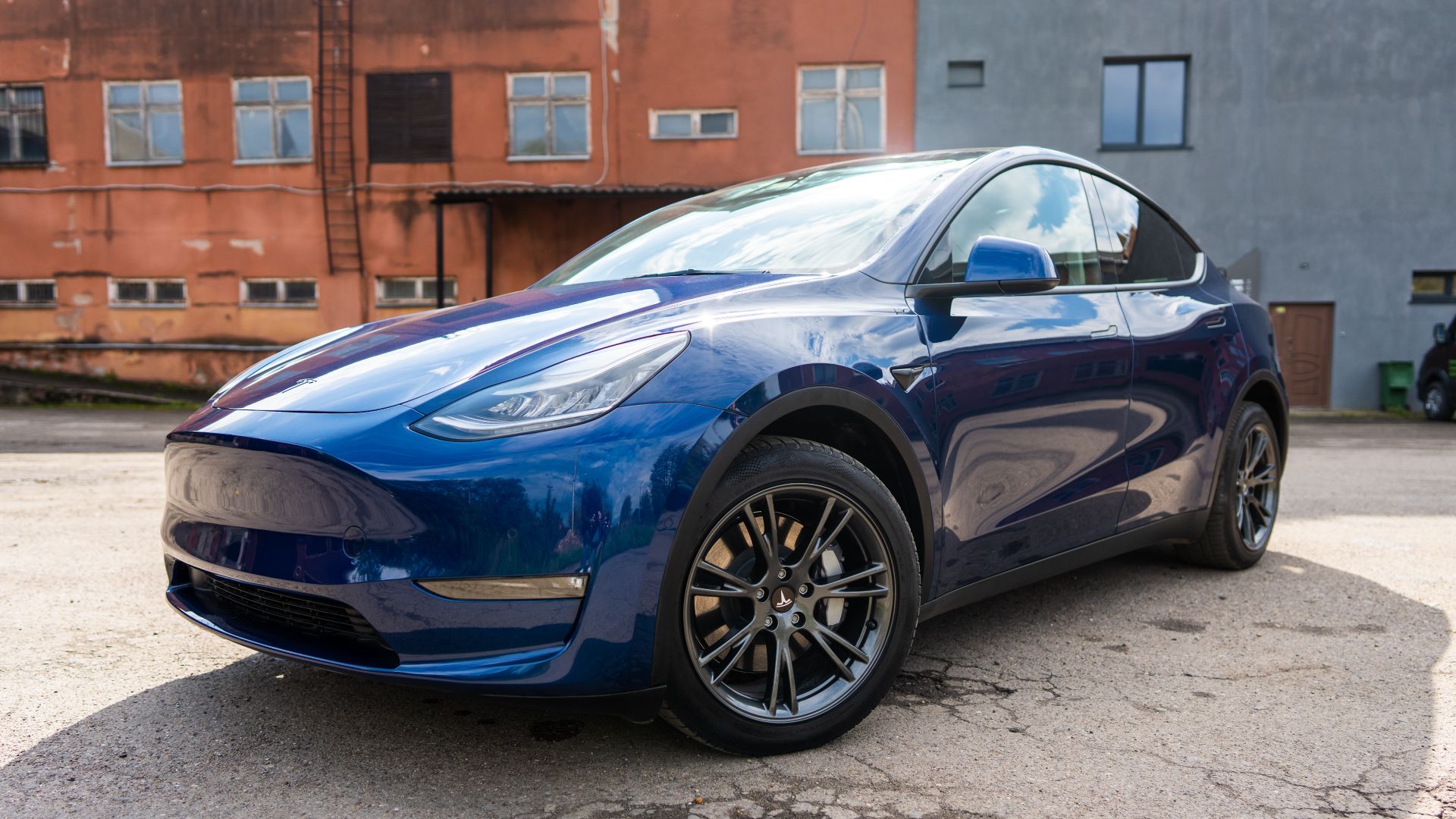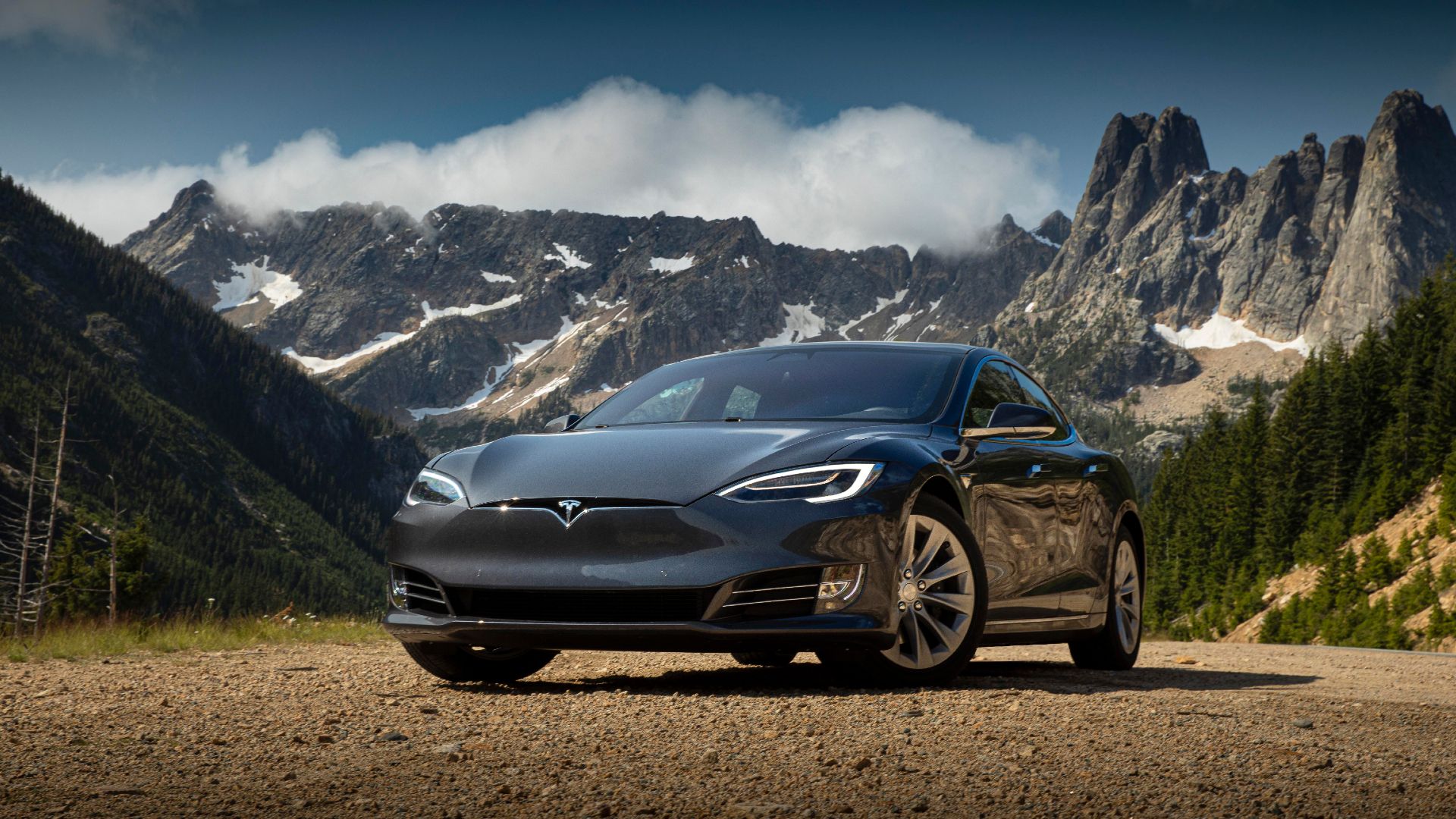An unfortunate fact of car ownership is depreciation. In just one year, the average car can depreciate as much as 20-percent of its value, losing up to 60-percent of its worth in as little as five years. While antique cars and collector's edition vehicles are notable exceptions to this rule, new trends suggest that Tesla model could also prove a more worthwhile investment than your typical commuter car. Not only do Teslas hold their value upon purchase, but certain models can even appreciate value over time due to increased demand for used electric vehicles. In particular, the Tesla Model 3 and Model Y are in high demand from customers worldwide, resulting in higher prices not only for brand-new models, but for used ones as well. As Tesla increases production and further advances their cutting-edge all-electric technology. But, what exactly allows Teslas to hold their value compared to other battery-operated vehicles? To determine that, it's important to understand why cars depreciate in the first place, and how Tesla's Full Self Driving (FSD) capability keeps the car from taking a strong hit.
What Is Depreciation, And Why Do Cars Lose Their Value?
It's a common mantra that your car loses a portion of its value the second you drive it off the car dealership's lot. This trend is known as depreciation. New cars, as a rule, depreciate at a faster rate than used ones. This means that reselling your used car will bring in significantly less money than what you originally paid for it, especially if you've owned it for a few years. Cars, including Teslas, lose their value for a number of reasons. These reasons include things like mileage and condition. When shopping for a used car, a model with a ton of miles and in poor condition, or one that has not been properly maintained by its previous owner will be considerably cheaper than it was when it was originally purchased. This might be a benefit for used car shoppers, but if you're trading in your used car for cash, it's less than ideal. The majority of depreciation happens over the first few years of a car's lifetime, though some cars depreciate significantly faster than others. Tesla models, as it were, are some of the slowest depreciating cars on the market at the moment.
Tesla's Depreciation Rates Aren't As Bad As Its Rivals
Based on a 2020 report issued by iSeeCars.com, the Tesla Model 3 only lost, on average, 10-percent of its value over the course of three years compared to 40-percent in most other makes and models. An additional 2022 report conducted by CarEdge shows that Tesla models released in 2021 have retained 96.59-percent of their original value while 2020 models have retained 88.10-percent and 2019 models have retained 79.74-percent.
These numbers are especially impressive when considered in comparison to rival electric-car brands such as the BMW i3, which loses 60.4-percent of its value after three years, the Nissan Leaf, which loses 60.2-percent of its value, and the Kia Soul EV, which depreciates 57.8-percent after three years. Compared to its main competitors, Tesla's EVs are significantly better at holding their value, even beating out the industry average for depreciation compared to other luxury vehicles. But, why, exactly, are Teslas so good at holding their value?
Why Are Teslas So Good At Holding Their Value?
Part of the reason that Teslas are so good at holding their value in the automotive market is as simple as supply and demand. At the moment, there are more drivers who want to drive a Tesla than there are Tesla models available. While this means that Tesla can charge more for their models upfront (the Tesla Model Y featured a base MSRP of $39,000 in 2019 compared to $53,000 in 2023), it also means that Tesla owners can sell their used models for higher rates. On top of the increased demand for Tesla models, Tesla's Full Self Driving (FSD) capability, also known as Autopilot, was originally announced by Tesla founder Elon Musk all the way back in 2013. "Autopilot is a good thing to have in planes, and we should have it in cars," the CEO told Bloomberg. While Tesla pioneered various autopilot technologies, including Enhanced Autopilot, throughout the noughties, their Full Self Driving technology wasn't unveiled until October 2020. As of April 2022, more than 100,000 Tesla customers were utilizing the FSD beta technology.
Tesla's FSD tech was a major game-changer in the automotive industry, even when compared to other electric EV brands. FSD allows Tesla models to approach Level 5 autonomy, meaning that the car can navigate itself along any route that has been mapped or that can be navigated by a human driver, without the need for driver intervention. Tesla achieves this through a combination of sensors and cameras, allowing their vehicles to perform automated driving functions including self-steering, accelerating, and braking as well as assisted steering and smart vehicle summoning.
Since the introduction of Tesla's FSD technology, models equipped with additional capabilities have increased in value, especially during trade-ins. For example, Model 3 and Model Y vehicles that have been equipped with FSD capabilities have the potential to sell for twice as much as those that have not. This means that your Tesla Model 3, which featured a base MSRP of $48,500 in 2022, could boast a trade-in value approaching $70,000 on trade-in when equipped with FSD capabilities.




